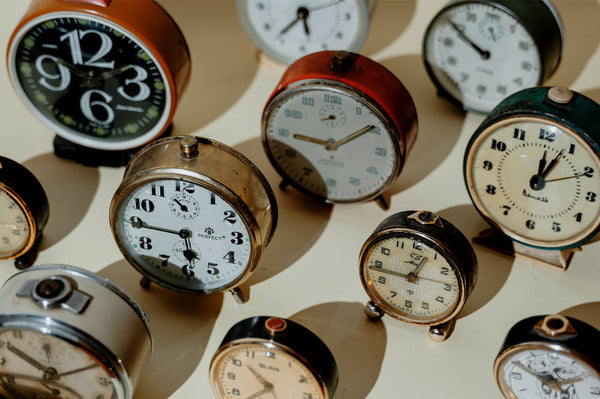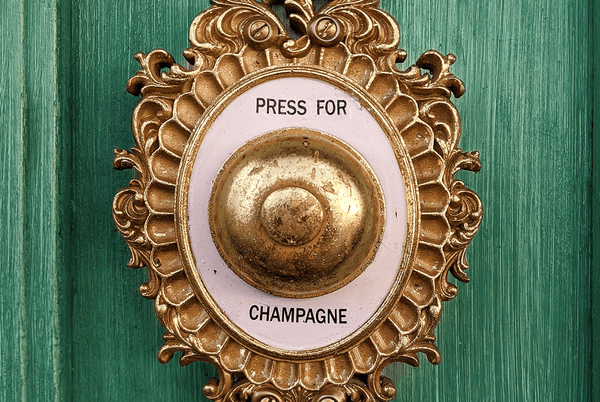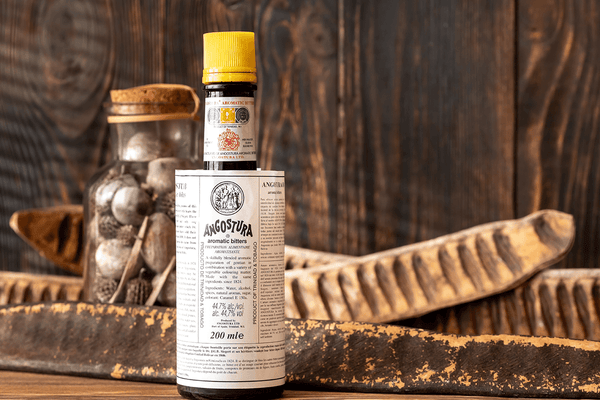HISTORY OF BOURBON IN KENTUCKY
If you are a whiskey and bourbon fan, it's essential to know the history of bourbon in Kentucky. Not all bourbon comes from Kentucky, but bourbon makers distill much of it within state boundaries. Approximately 95% of all bourbon produced today come from Kentucky...

Bourbon can be made anywhere in the United States, but many believe there's nothing better than bourbon in Kentucky. The origin of bourbon has some gaps and a few disputed facts. Explore what we know about the history of bourbon in Kentucky.
1783: Samuels Family Tradition and First Commercial Distillery
The Samuels family has claimed they hold the title to the oldest bourbon family that still produces bourbon today. They started in 1783 and are still going strong. However, before 1840, they did not make bourbon for the commercial market.
In this same year, the first commercial distillery opened in Kentucky. Evan Williams owned this distillery on the Ohio River banks in Louisville.
1785: Establishment of Bourbon County in Kentucky
Bourbon in Kentucky took off in 1785 with the creation of Bourbon County. There's some confusion about how whiskey became known as bourbon at this time. Modern-day bourbon production occurs outside of this original Bourbon County region.
The year 1785 was also an important one. A churchgoer living in Maryland brought immigrants with distilling knowledge to Kentucky. Basil Hayden, a distiller, brought 25 families to start a local Catholic church community in Nelson County. Many of these family members were from Ireland, England, and Scotland.
1789: Possible Invention of Bourbon
Some sources trace bourbon's origins to Kentucky in 1789. Some of these sources credit Elijah Craig, a Baptist minister, with the invention of bourbon after he aged corn whiskey. That same year, Craig opened a distillery in Georgetown, Kentucky.
However, this claim is a widely disputed piece of information. Many experts believe bourbon in Kentucky evolved rather than was created by one or more individuals. As people moved from Pennsylvania to Kentucky to avoid the Whiskey Excise Tax, the evolution of bourbon began.
1794: Whiskey Rebellion
The whiskey rebellion started in 1794, an uprising in response to the 1791 Whiskey Excise Tax. The events encouraged distillers in Tennessee and Kentucky, which fueled bourbon in Kentucky since distillers didn't need to worry about this law at the time.
1821: First Bourbon Advertisement
In 1821, the first known official advertisement using the word bourbon to describe whiskey appeared in a Paris, Kentucky, newspaper called Western Citizen.
1818 or 1823: The Development of Sour Mash
Dr. James C. Crow developed sour mash at the historic Old Oscar Pepper Distillery in 1823. The development of sour mash has dramatically impacted Tennessee whiskey and bourbon production. Some say sour mash can be traced back to 1818 when distillers added some of the acidic liquid strained from the prior mash to create the product.
1840: Official Name of Bourbon
The year 1840 was a significant one for bourbon in Kentucky. It was the year bourbon whiskey officially became known as bourbon. Before this time, the product carried the name Bourbon County Whiskey or Old Bourbon County Whiskey.
1870: Bourbon Bottled and Shipped
The year 1870 was a significant one for bourbon in Kentucky. It was the first year bourbon was placed in sealed glass bottles for sale rather than sold directly from barrels. Shipping bourbon from Ohio River ports also started in 1870.
1897: Bottled in Bond
The landmark Bottled in Bond Act became law in 1897 due to problems with labels and dangerous additives in the whiskey. Under this act, whiskey producers had to age the product in whiskey barrels contained inside warehouses monitored by the government.
1920 to 1933: Prohibition
These years represented a dark period in U.S. history, especially for distillers. Prohibition, or the Volstead Act, started on Jan. 17, 1920. Distillers stopped production, and bars and liquor stores closed their doors. Many distillers sold off equipment because there was no need for it. Prohibition ended on Dec. 5, 1933, with the ratification of the 21st Amendment.
During these 13 years, speakeasies popped up around the country. Six whiskey producers were allowed to continue production, but only for medicinal purposes. People only needed to see their doctor with some ailment to get whiskey. Doctors would prescribe a pint of spirits, and individuals would need to return every 10 days to get more. More than 11 million prescriptions for liquor were written yearly through the 1920s, according to The Washington Post's research.
1964: Bourbon Named 'America's Native Spirit'
Congress declared bourbon "America's Native Spirit" in 1964. This move was a landmark year for bourbon in Kentucky, becoming America's official distilled spirit. With the title came restrictions and regulations that defined what distilled spirits could be called bourbon whiskey.
1973: More Vodka Sold
The year 1973 wasn't necessarily a good one for bourbon in Kentucky. It was the first time whiskey sales dipped in the country, with more vodka than whiskey sold.
1999: Launch of the Kentucky Bourbon Trail
The Kentucky Distillers' Association launched the Kentucky Bourbon Trail in 1999. This tourism initiative created a road-trip style experience for visitors who want to learn more about bourbon in Kentucky.
2007: Establishment of National Bourbon Heritage Month
In August 2007, the U.S. Senate named September National Bourbon Heritage Month. The idea was to celebrate bourbon as "America's Native Spirit" and its integral role in American history, an advantage for those connected with bourbon in Kentucky.
2008: Creation of the Urban Bourbon Trail
Louisville Tourism created the Urban Bourbon Trail because visitors to the Kentucky Bourbon Trail weren't spending time or money in Louisville itself. The mayor even declared the Old-Fashioned as the official cocktail of Louisville to help support the tourism board's efforts.
Bourbon in Kentucky continues to evolve. It remains one of the most popular spirits, and new distilleries continue to open. While a few distilleries exist outside the state, almost all bourbon production occurs in Kentucky. If you are hoping to learn more about bourbon in Kentucky, why not take a trip along the Kentucky Bourbon Trail to visit the birthplace of bourbon?






